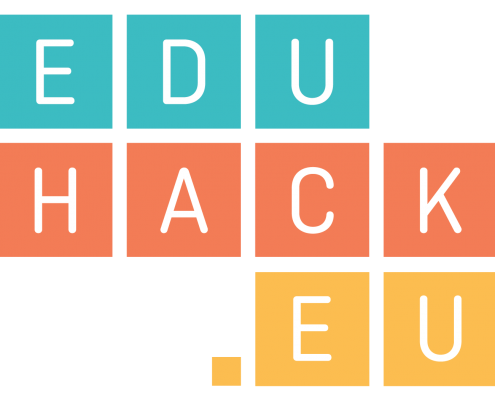Foster knowledge co-creation among students
Read
Knowledge co-creation is the development of student-led, collaborative initiatives leading to collaboratively created outputs such as written resources, videos, audio files, whole courses, or even courses curricula. Co-creation can be applied to many areas of HE, and often pushes students to work in partnership with researchers and other experts to improve their learning experience.
Working on knowledge co-creation fosters active and experiential learning, and facilitates student engagement, helping students to develop new skills, confidence, and learn how to apply knowledge.
Co-creation activities can have a high impact on a university, especially when students are required to work collaboratively with other actors, since this can open up opportunities to work in partnership with external agencies and promote the university’s reputation. At the same time, teachers can gain much inspiration from the knowledge produced by students.
In terms of strategy on how to engage students in collaborative knowledge production, we suggest that you engage students through all the phases of the activity. Building on the work by Chemi and Krogh, the five steps to approach the design of a co-creation activity are:
- Framing/contextualising; defining the intention and understanding the field.
- Finding the question(s); what are the challenges of the field we are entering?
- Co-designing micro-prototypes (of knowledge production); in which ways will we try to engage with the challenges?
- Co-operative performance.
- Evaluating.
Many tools exist that easily allow collaboration between students in the classroom, enabling co-creation of resources, such as Padlet, Lino.it or EtherPad. These tools
- allow students to go deeper in the course content,
- encourage a more in-depth understanding of contents,
- facilitate brainstorming ideas from the class,
- help involving non-attending students,
- foster interactions among attending and non-attending students and
- create a memory of the course.
Watch
Hear about the experience with using Padlet in the classroom by Claire Humphries from the University of Westminster. (duration: 3:14)
Co-production of knowledge can happen also between a university and its communities. Watch this video by the University of Bristol for a general description of this important dynamic. (duration: 1:27)
Do
(estimated time to complete the task: 30 minutes)
Among the many existing tools, for this activity we use Lino.it, a free service that allows you to create “canvases” of online multimedia sticky notes. In addition to basic text, the notes you place on your canvas can contain videos, images, and file attachments. Students could use Lino.it (or others similar software) to brainstorm on collaborative projects, then outline tasks necessary to complete those projects.
Follow the link to the EduHack pinboard on Lino.it and add some post-its replying to the questions you find there:
- Q1: What are the main advantages of co-creation by learners?
- Q2: Can you report some experiences of learners knowledge or resources co-creation?
- Q3: What to do to foster collaboration?
To add an item, double click anywhere on the pinboard. You should see a box appear in which you can write your post and give it a title. Hit enter/return and it will appear on the wall. To move it, click and drag. You can add pictures and links to your post-its, and you can reply to others’ comments. For further instructions on how to use Lino.it, you can watch this short video.
Additional Resources
- Watch this video by Aniket Kittur, Carnegie Mellon University, on the power of Collective Intelligence.
- The book Hands on Knowledge co-creation and sharing presents thirty different hands-on methods and techniques for knowledge co-creation, including moderation, facilitation, collaboration, and interaction mechanisms through the use of different face to face and online methods and techniques.


